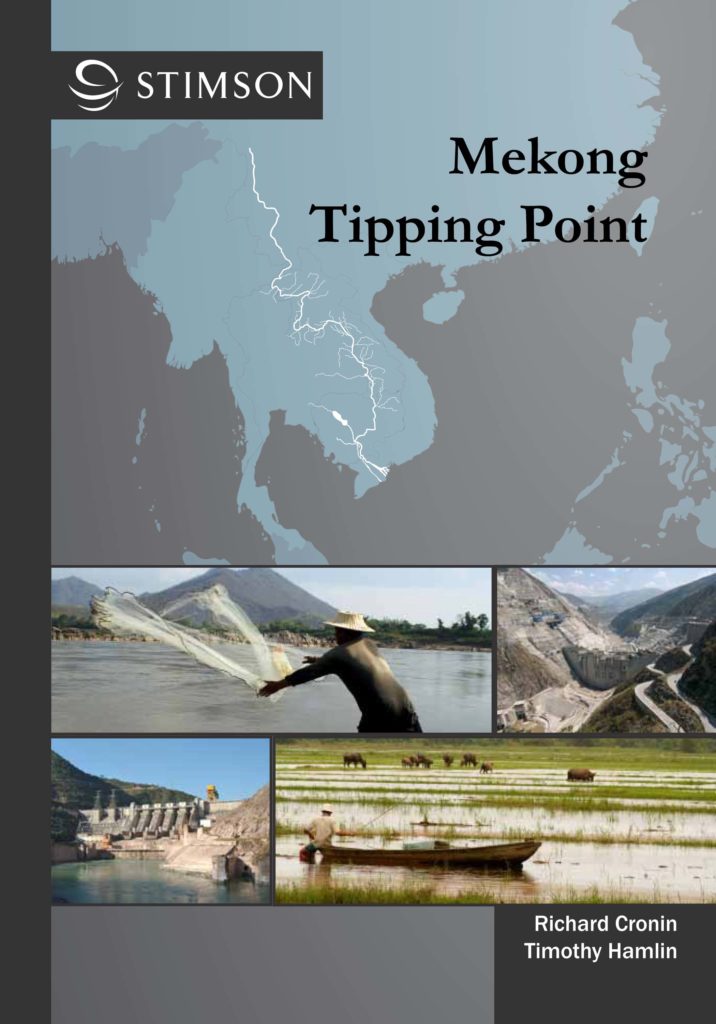The October 1991 Paris Peace Accords on Cambodia closed the book on four decades of bitter conflict in the Mekong region of Southeast Asia. The Accords created new opportunities for broad-based economic and social development based on reconstruction, renewal and regional economic development in the 795,000 square kilometer Mekong River Basin, sometimes called the Greater Mekong Subregion (GMS). Unfortunately, the achievement of peace also opened the way for new perils to human security and regional stability in the form of an uncoordinated and environmentally unsustainable rush to exploit the rich natural resources of an ecosystem that was formed by, and continues to depend on, the water of this 4,880 kilometer long river. The effects of climate change, which are already felt in altered rainfall patterns and prolonged drought, will only intensify the competition to exploit the Mekong Basin’s still abundant, but increasingly stressed water resources.
Mekong governments are making economic development decisions now that, if not soon reconsidered based on more careful study, will imperil food security and livelihoods, threaten domestic political stability, and put great stress on still distrustful regional relationships. The main threat comes from the construction by China of a total of 15 large to mega-sized hydropower dams on the river’s mainstream in Tibet and its mountainous Yunnan Province, and the granting of concessions by downstream Southeast Asian countries to Chinese and other foreign development companies for the construction of eleven dams on the lower half of the same river.
All dams have negative impacts on the flow and natural ecology of rivers and streams, but in many cases the development-environment tradeoffs in terms of electric power and navigation can be justified if full cost-benefit analysis is carried out by impartial experts.
Mainstream dams on transboundary rivers are a different matter entirely. Both China’s dams in Yunnan and planned Lower Mekong dam projects threaten the bounty of a river that some 60 million people depend on for most of their food supply, mainly in the form of wild fish that supply up to 80 percent of their animal protein and rice, the dietary staple that grows on the river’s extensive flood plains. However ambitious the development aspirations of the Mekong countries the resources provided by the river must remain the indispensible base of their economic pyramids.

